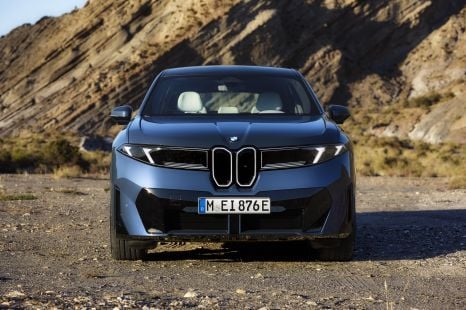

William Stopford
The CarExpert team's favourite reveals from the Munich motor show
13 Hours Ago
Before the G-Wagen became more popular as a city-slicker AMG, it was a much more basic off-roader – and it's the latter which a restoration firm is working over.

Contributor
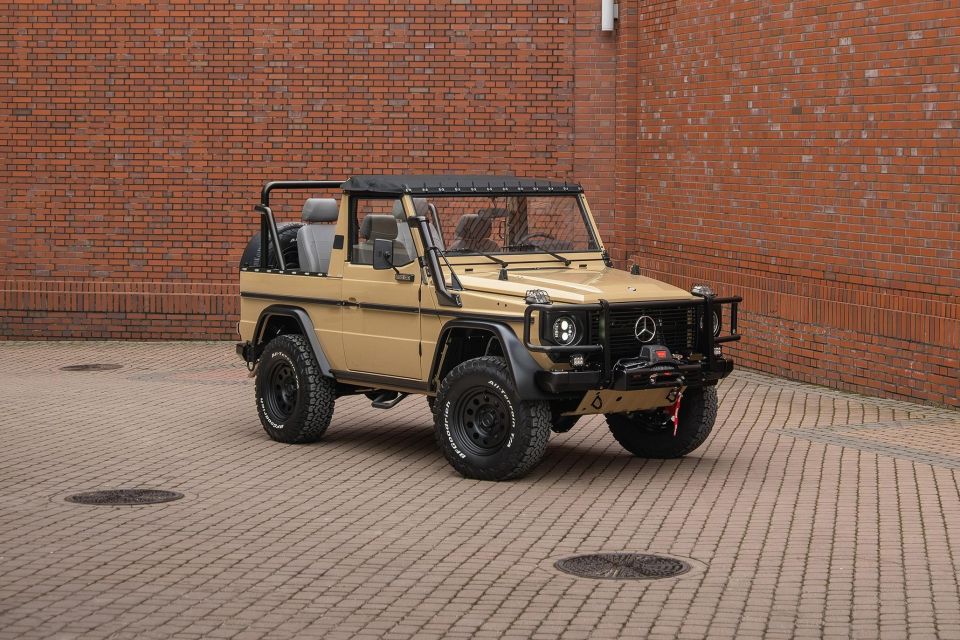

Contributor
The first Geländewagen prototypes were designed by Mercedes-Benz in the 1970s with the intention of creating a tough, durable, and user-friendly four wheel drive that could safely and comfortably traverse any terrain with an aim to being a serviceable military vehicle.
The result was the launch of an icon that satisfied the initial format, yet also offered a rugged and high-quality exploration vehicle for civilian use. The Mercedes-Benz G-Wagen (aka G-Class) was born!
The early G-Wagen examples were trialled under harsh conditions in formidable locations such as the Sahara Desert and Arctic Circle, to ensure they could not only survive the environments but also function at a high level of performance, work reliably and safely, and protect and transport their cargo under less than favourable conditions.
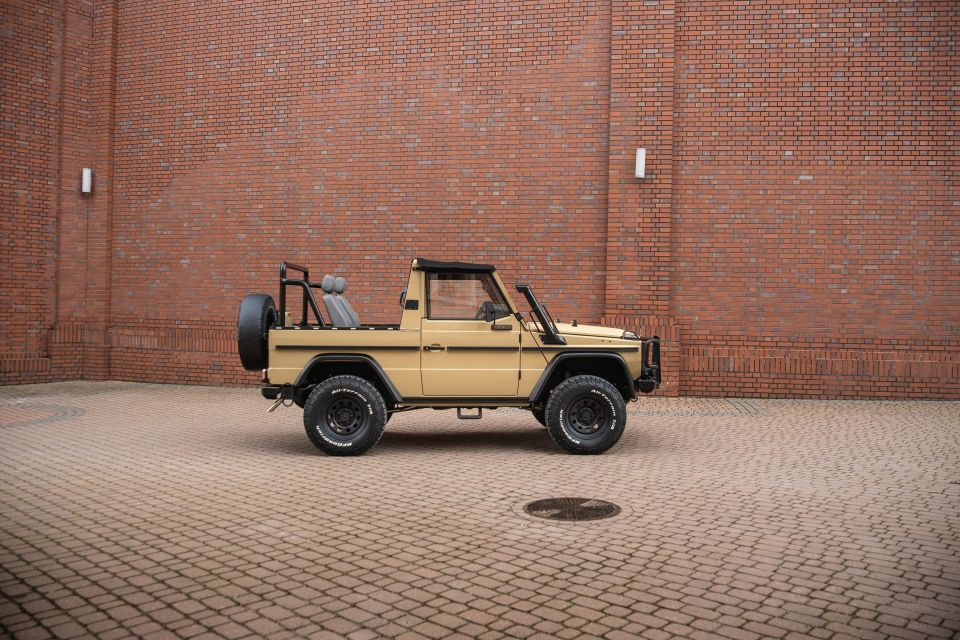
In celebration of its origins and in honour of its performance, the New Jersey-based Expedition Motor Company has recently released the brand-new Sahara Wolf, built off a ‘reborn’ 1993 250GD original issue military vehicle.
It’s priced at US$180,450 (~A$272,000) and is available immediately.
“For this Sahara Wolf, we went back to the roots of the Geländewagen and the extensive testing those prototype vehicles underwent in the dunes of the Sahara Desert, in particular,” said Expedition Motor Company founder Alex Levin.
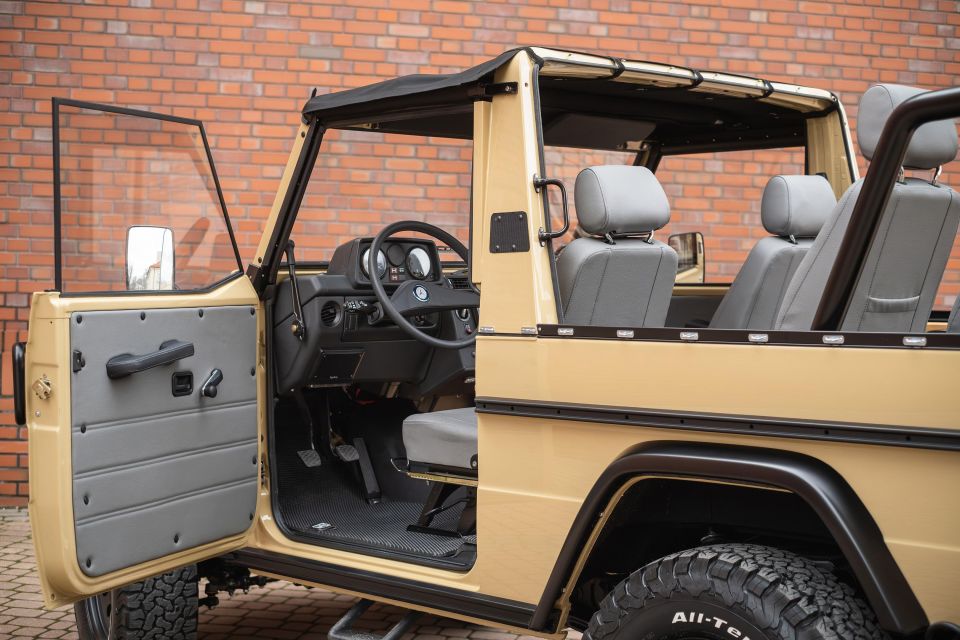
“In addition to that same reliability and off-road prowess inherent in the original prototype vehicles, EMC has also implemented an array of in-house developed components to modernise the ride quality and overall driving experience.”
Of particular importance to EMC and a key point of the restoration of these 1993 250GD Sahara Wolf 4WDs was the retention of the infallible OM602 2.5-litre five-cylinder diesel engine.
The proven 711.117 five-speed manual transmission was painstakingly dismantled, assessed and rebuilt for additional reliability.
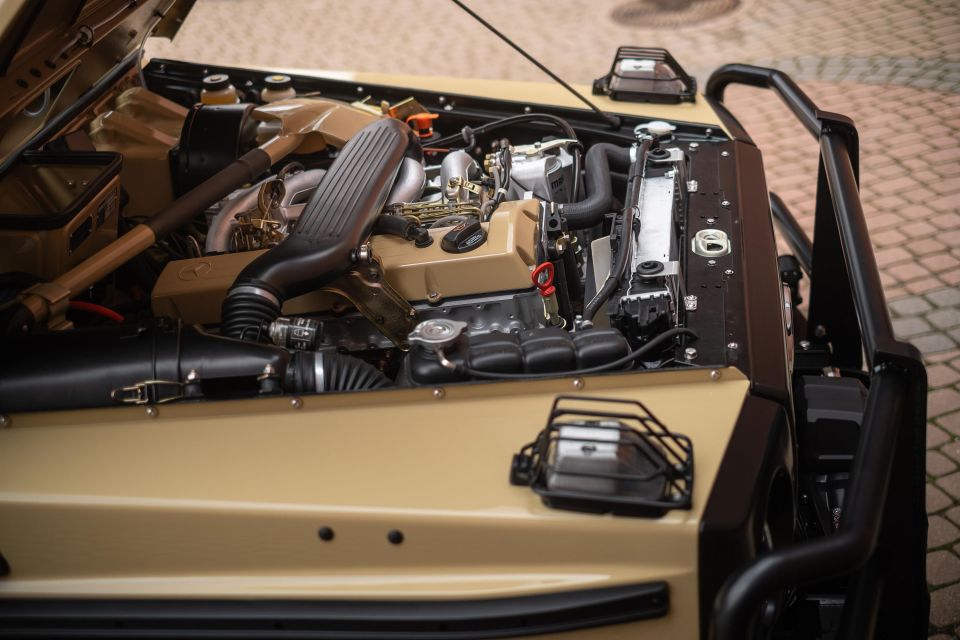
For EMC, the end result was a clinically managed mechanical process that covered a 100-point restoration process, ensuring that each individual Sahara Wolf would provide dependable and consistent performance.
The works involved refined anti-corrosion applications, tuned suspension upgrades, and a list of carefully curated improvements that will secure the ongoing performance and condition of the vehicle for decades to come.
While delivered as a convertible with a removable soft top, there was no time or money spared in ensuring that these battle-ready vehicles could not only comfortably handle all types of weather extremes but also cope with the toughest terrains under a diversity of extreme circumstances.
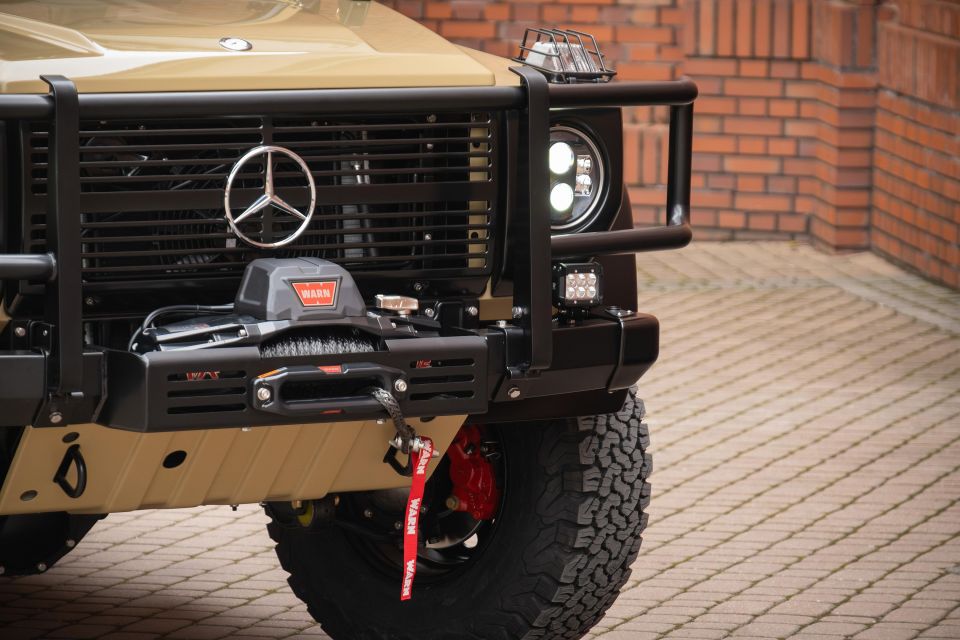
To assist with that, some of the dedicated EMC supplied and fitted accessories include a Warn Winch mounted within a custom-built EMC bullbar, 3-inch LED pod lights and an EMC snorkel kit.
Designed to protect the vehicle, aid in self recoveries, light the way on and off road, and provide protection and performance for the air intake, these accessories not only provide the desired improvements in capability but also enhance the look and presence of each and every Sahara Wolf.
A quote from the original press release draws a complete picture of the target market by stating “this completely rebuilt 250GD feels equally at home cruising in a sunny beach town or tackling inclement weather”.
In contrast to the Sahara Wolf’s sandy taupe exterior, the EMC interior balances and offsets the colour scheme with an elephant grey-inspired colour set.
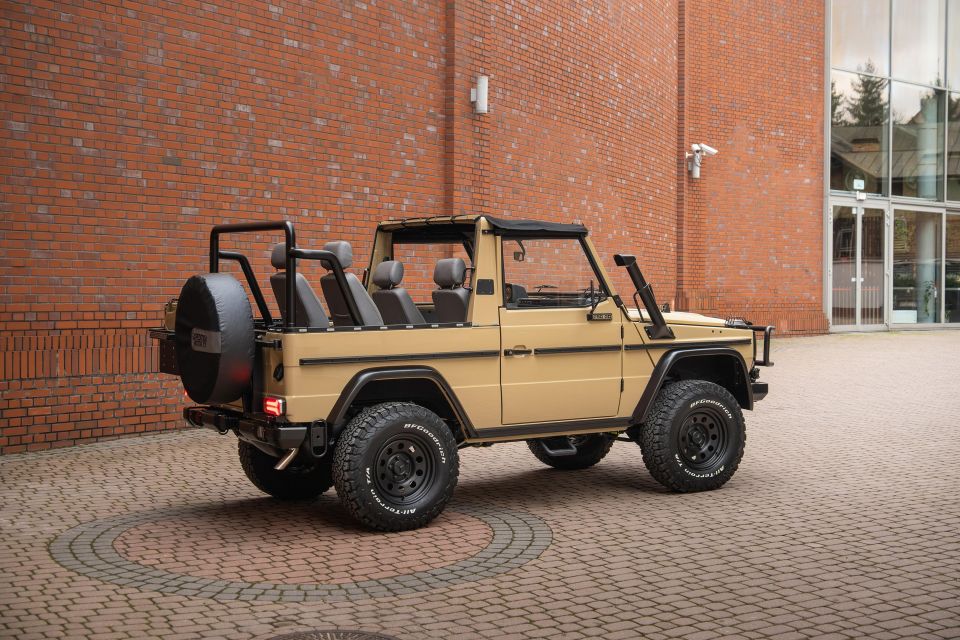
The G-Wagen specialists further modernised this historic military vehicle with an Infinity sound system from Harman Kardon, as well as soundproofing, wireless Apple CarPlay, and a full array of creature comforts including air-conditioning, heating, and heated front and rear seats.
Well established as one of the world’s leading rebuild specialists, and retailers of the iconic Mercedes Benz 250GD, EMC has a long service history of delivering these collectors vehicles in a pristine and functionally improved condition.
There’s clearly a demand for these restored vehicles that keeps manufacturers like EMC in business. What are your thoughts on their end use? Are they simply for collectors who garage and never drive them or would you think that some of these actually get put to the test?
Let us know in the comments below!
Where expert car reviews meet expert car buying – CarExpert gives you trusted advice, personalised service and real savings on your next new car.


William Stopford
13 Hours Ago
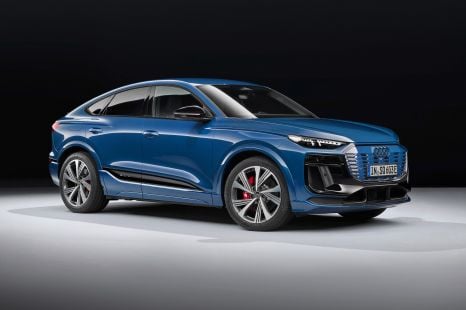

William Stopford
13 Hours Ago
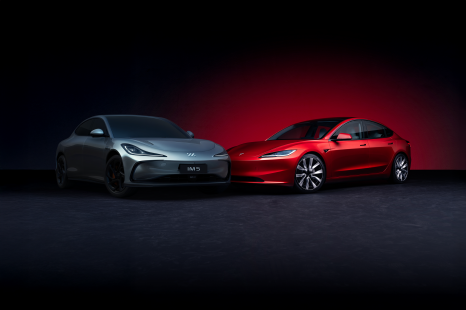

Andrew Maclean
14 Hours Ago


Derek Fung
14 Hours Ago
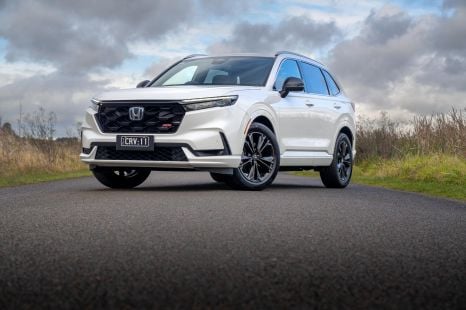

Andrew Maclean
14 Hours Ago
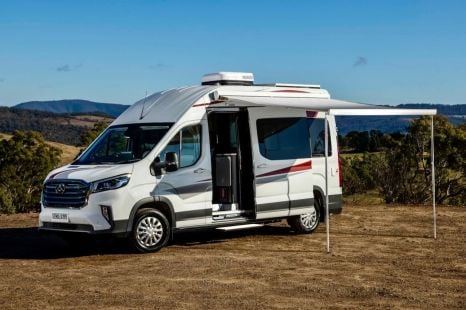

Ben Zachariah
2 Days Ago